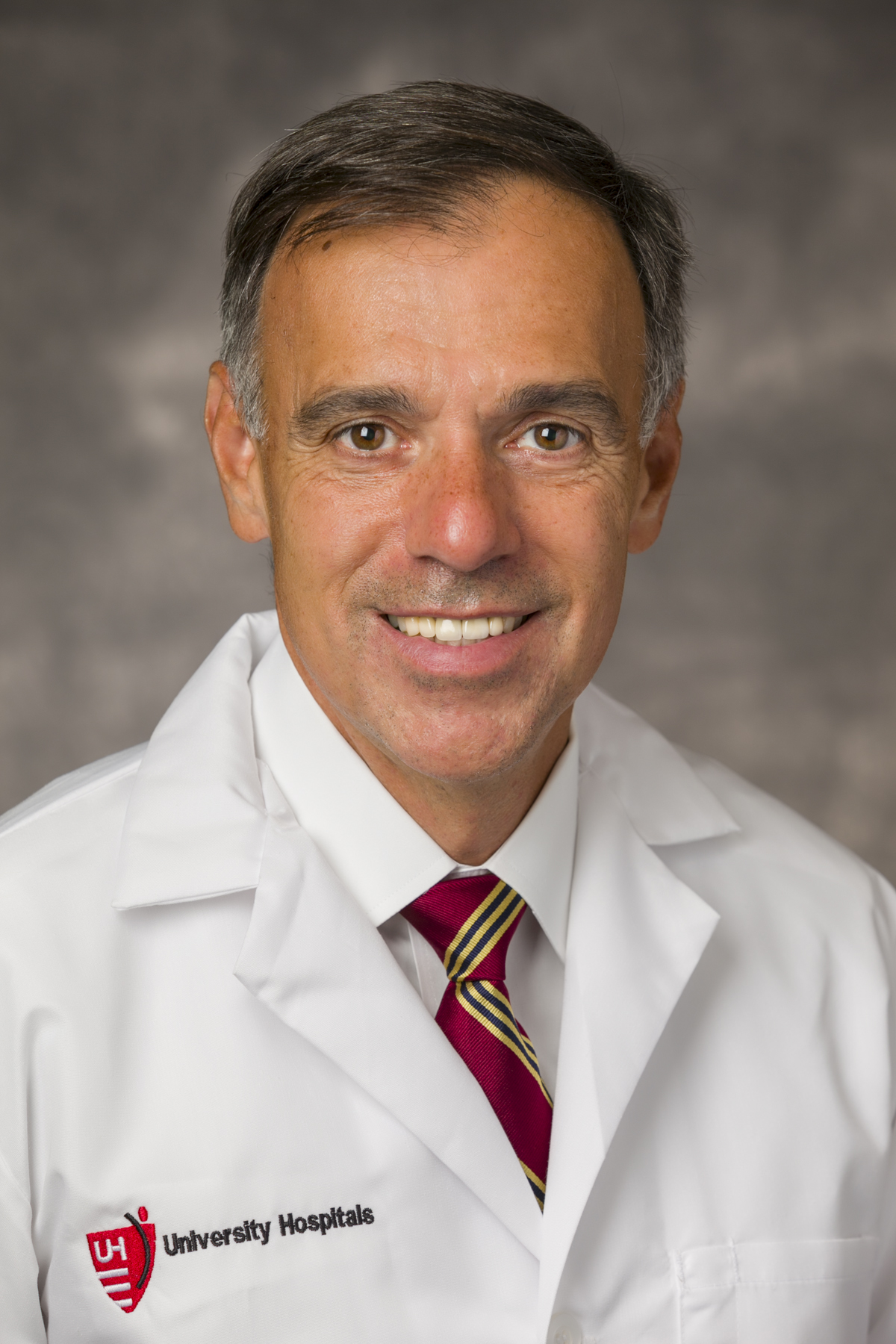Changing the Debate in CABG Surgery
December 28, 2017
UH surgeon addresses pressing issue in NEJM editorial
Harrington Heart & Vascular Institute Innovations – Winter 2018
 Joseph F. Sabik III, MD
Joseph F. Sabik III, MDWhat is the best option for performing coronary artery bypass grafting (CABG)? Should it be done on-pump using a heart-lung machine? Or is off-pump preferable?
This debate has raged in cardiac surgery circles for many years, inspiring a raft of studies, some with contradictory findings. But for cardiac surgeon Joseph Sabik III, MD, Chair, Department of Surgery, University Hospitals Cleveland Medical Center, Surgeon-in-Chief, University Hospitals, Vice President, Surgical Operations, University Hospitals; Professor of Surgery, Case Western Reserve University School of Medicine, this on-pump vs. off-pump debate has missed the larger point.
“The debate has become unproductive,” he says. “It’s time for us to stop arguing and discussing whether off-pump is better or on-pump is better. It’s which procedure is best for each patient. As surgeons, we should look at the patient, look at their comorbidities, look at what type of heart operation we have to do and then make a decision what’s best for that patient to give them the best short- and long-term outcomes.”
Dr. Sabik and Eugene H. Blackstone, MD, made this argument in an editorial recently published in The New England Journal of Medicine.
“Although the controversy about on-pump vs. off-pump CABG is likely to continue, it may be time to abandon this discussion and focus on identifying which patients benefit from which procedure,” they wrote.
Dr. Sabik estimates that about 15 to 20 percent of heart operations are done off-pump in the U.S., the majority of which are done by a handful of surgeons.
“Some of those surgeons are doing 90 percent of their procedures off-pump,” he says. “I think that’s probably too high. But on the other hand, you have surgeons who do nothing off-pump. That’s probably not appropriate either. For a balance, about 15 to 30 percent of patients should probably be done off- pump.”
Off-pump CABG surgery is especially appropriate for older patients and those with a history of stroke, renal failure or advanced vascular disease, Dr. Sabik says.
“For the elderly patient with multiple comorbidities who needs maybe two or three grafts, you may decide to do that patient off-pump because they don’t have the risk of being put on the heart-lung machine,” he says.
For cardiologists referring patients for CABG surgery, Dr. Sabik recommends that they explore the surgeon’s expertise and raise the issue of which method – on- or off-pump -- will be best for the patient.
“What you want is to have a surgeon who is an expert in both on- and off-pump surgery so that they can then choose the procedure that’s best suited,” he says. “Off-pump surgery should be a tool that the heart surgeon has in his or her toolbox. When you refer a patient to surgery, if it’s a coronary patient, refer to a coronary surgeon who is capable of doing both.”
As studies of on- vs. off-pump CABG continue, Dr. Sabik says the data will be increasingly useful in determining which patients benefit most from the different approaches.
“Multivariate analysis involving the thousands of patients in these large randomized trials will probably identify subgroups of patients who will benefit from on-pump vs. off-pump CABG,” he says. “We haven’t gotten to that stage yet where algorithms have been developed, but you could envision that happening. In the meantime, it is time to change the discussion and choose the procedure that is best for the patient.”
For more information about Dr. Sabik or to refer a patient, please call 216-844-3211.


